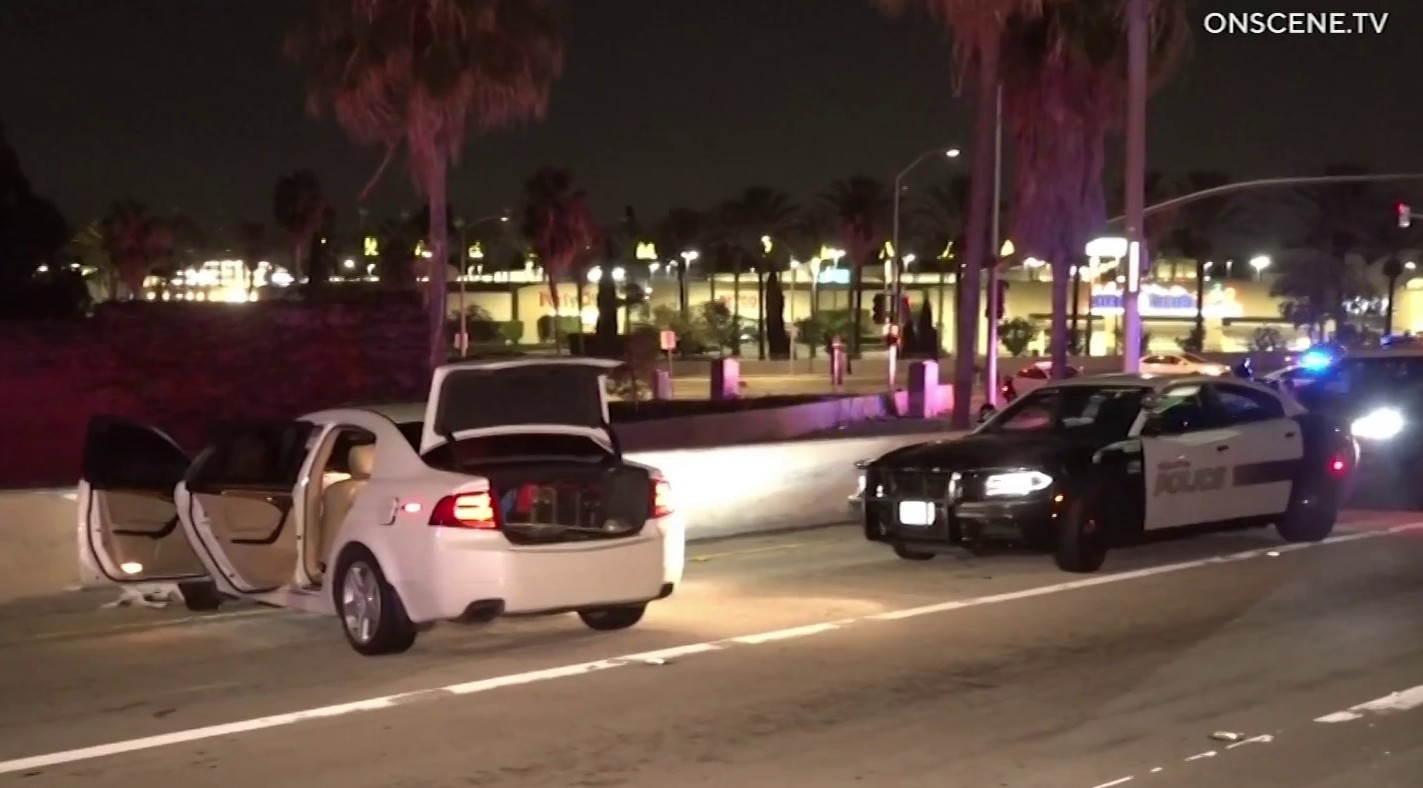

For example, Skegg and Herbison and Isaac and Bennett found that blocking access roads to hotspots deterred suicide jumps from them.


Some interventions to prevent jumps from hotspots or other methods of suicide are not feasible for bridges. Some of the barriers examined tend to angle slightly inward toward their top ends. Yet, the height of a barrier is not the only criterion that contributes to the effectiveness of a structure.

For example, Pelletier and Sinyor and Levitt showed that barriers with a height of 3.3 meters successfully hinder suicides. However, these studies each focus on one specific jump site, which does not allow direct comparison of the different intervention measures. The barriers have reduced the number of suicides at these sites. the Bloor Street Viaduct in Toronto, Canada Clifton Suspension Bridge in Bristol, England the Jacques-Cartier Bridge in Montréal, Canada and the Grafton Bridge in Auckland, New Zealand. Examples include the Memorial Bridge in Augusta, Maine, U.S.A. However, the majority of the studies focus on barriers that hinder persons from climbing over. Few, such as the Bern Muenster Terrace focus on safety nets. Most interventions for suicide prevention on bridges are of a structural nature. At these hotspots, substantial suicide preventive effects can be achieved by a few prevention efforts. In contrast to private buildings, public jump sites are better suited for suicide prevention, given that a great number of suicides are often limited to a few structures. Still, about one third of all suicide jumps in Switzerland occurred at bridges. Taiwan), the majority of suicides by jumping from heights in Switzerland are executed from buildings. Suicide by jumping often traumatizes or even seriously hurts third parties. It is a particularly lethal method of suicide, whereby the mortality rate varies largely depending on jump height and the type of surface below. However, jumping from heights (ICD 10 X 80) continues to be the fourth most common suicide method in Switzerland. Suicide by jumping decreased in the years 1990 to 2013 from 173 to 123 per year. The suicide rate in Switzerland decreased until the year 2000 and remains static in the range of 1'000 suicides per year. Findings can help to plan and improve the effectiveness of future suicide prevention measures on high structures. Secured bridgeheads and inbound angle barriers seemed to enhance the effectiveness of the measure. Further, the analyses revealed that barriers of at least 2.3 m in height and safety-nets fixed significantly below pedestrian level deterred suicidal jumps. Measures that do not secure the whole hotspot and still allow jumps of 15 meters or more were less effective. Barriers and safety nets were both effective, with mean suicide reduction of 68.7% (barriers) and 77.1% (safety nets), respectively. The study made an overall and individual pre-post analysis by using Mantel-Haenszel Tests, regression methods and calculating rate ratios. A national survey identified all jumping hotspots that have been secured in Switzerland of the 15 that could be included in this study, 11 were secured by vertical barriers and 4 were secured by low-hanging horizontal safety nets. The Michigan State Police say they will seek a variety of charges.The goal of the study was to compare the effectiveness of different suicide prevention measures implemented on bridges and other high structures in Switzerland. I'm (also) very grateful that my children get to still be raised by their father," Cockerham said in a text. WOOD reported, "I'm very grateful that no one else (was hurt). He has a prior arrest for driving while intoxicated as well as convictions that include a drug offense, fleeing police, and leaving the scene of a personal injury accident.
CAR JUMPS OVERPASS ON 131 LICENSE
The MSP also stated Cockerham should not have been driving in the first place because his license was suspended in March of 2021. The MSP is still awaiting the lab results from his blood alcohol level which will take 1 to 3 months. The Michigan State Police said Cockerham showed multiple signs of intoxication following the crash. He said he took a 4-hour knap and then decided to drive home.Ĭockerham claims he no longer felt intoxicated or tired so then he drove home but in an instant fell asleep behind the wheel of his Chevy Impala between the Dorr exit ramp and the southbound lanes of US-131 and that is when the car got airborne. Apparently, Cockerham was at a friend's house where he had a couple of mixed drinks, and then a six-pack of beer.


 0 kommentar(er)
0 kommentar(er)
